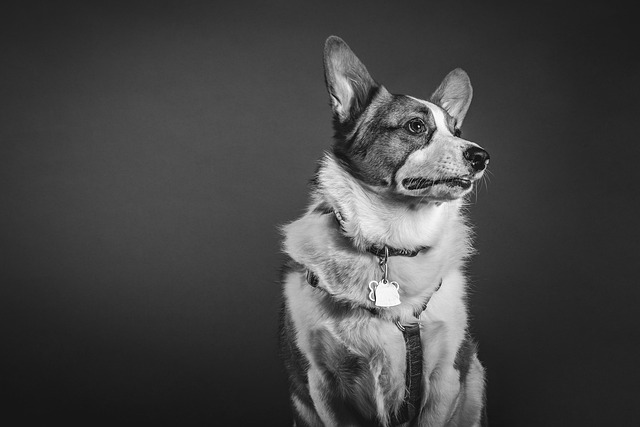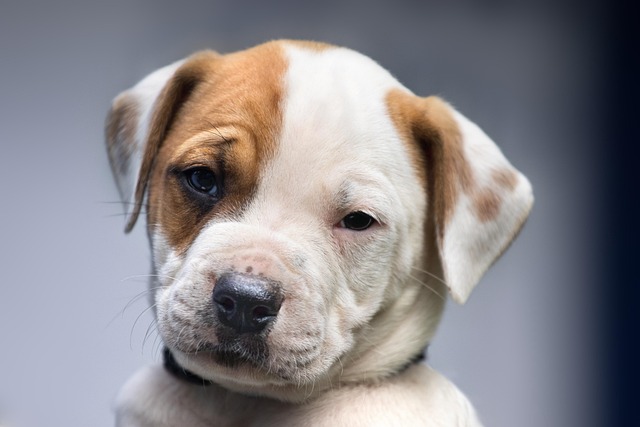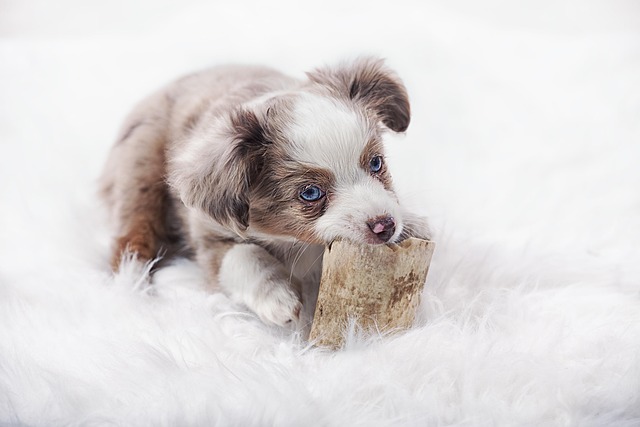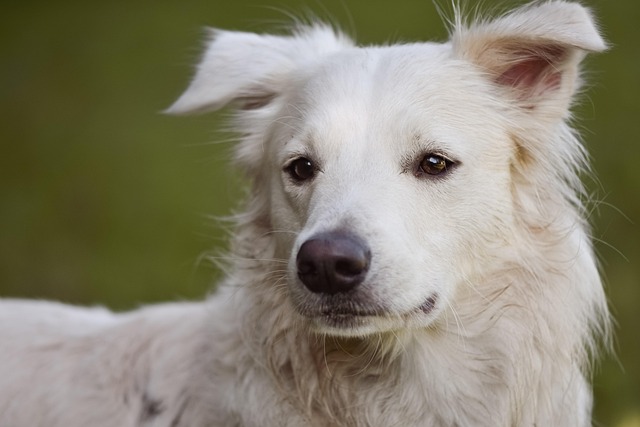Among the dog's dietary choices, wet food has attracted much attention for its rich taste and high water content. However, facing the dazzling array of wet food products on the shelves, many owners have a question in their minds: How often should dogs eat wet food? This seemingly simple question actually contains a great deal of knowledge about the health and happiness of dogs. Every choice of feeding frequency is a reflection of the owner's deep care for the dog.
From the perspective of the dog's physiological needs, water intake is crucial to their health. Compared with dry food, the biggest advantage of wet food is its high water content of 70% - 80%. In nature, the ancestors of dogs obtain water by hunting prey, while in modern domestic environments, some dogs may not drink enough water on their own. The high water content of wet food can effectively replenish the water needed by the dog's body, maintain the normal functioning of the urinary system, and reduce the risk of diseases such as urinary stones and cystitis. For dogs who don't like to drink water, increasing the feeding frequency of wet food appropriately is like opening a "secret passage" for them to replenish water, silently guarding their kidney and bladder health.
The age of the dog is one of the key factors that determine the feeding frequency of wet food. For puppies, their digestive system is not yet fully developed, and they need more frequent and more digestible food to meet the needs of rapid growth. Generally speaking, puppies aged 2-3 months need to be fed wet food 4-5 times a day. Wet food at this stage is like a warm embrace, gently protecting the delicate stomach of puppies. Every feeding is a boost to their growth. Watching the puppies enjoy the wet food with relish, and then wag their tails and burp contentedly, the owner is full of comfort. As the puppies grow up, when they are 4-6 months old, the number of feedings can be reduced to 3-4 times a day. At this time, wet food not only provides them with nutrition, but also is a source of energy to accompany them to explore the world.
 The feeding frequency of wet food for adult dogs is relatively stable. For healthy adult dogs, it is more appropriate to feed wet food 1-2 times a day. In the busy morning, a bowl of fragrant wet food can make the dog start a new day with full energy; after a day's work, when you return home, hand the dog a delicious wet food, and watch it feast on it, all the fatigue seems to dissipate at this moment. Such a feeding frequency not only meets the nutritional needs of the dog, but also allows the owner and the dog to enhance emotional communication during the feeding process. Every time the food bowl is placed in front of the dog, its cheerful jump and intimate rubbing of the face are responses to the owner's care.
The feeding frequency of wet food for adult dogs is relatively stable. For healthy adult dogs, it is more appropriate to feed wet food 1-2 times a day. In the busy morning, a bowl of fragrant wet food can make the dog start a new day with full energy; after a day's work, when you return home, hand the dog a delicious wet food, and watch it feast on it, all the fatigue seems to dissipate at this moment. Such a feeding frequency not only meets the nutritional needs of the dog, but also allows the owner and the dog to enhance emotional communication during the feeding process. Every time the food bowl is placed in front of the dog, its cheerful jump and intimate rubbing of the face are responses to the owner's care.
As the body functions of elderly dogs gradually decline, their teeth become loose and their digestive ability weakens, wet food becomes their "intimate companion" in their diet. The feeding frequency of wet food for elderly dogs can refer to that of adult dogs, but more attention should be paid to the digestibility of food. Wet food can be properly heated to make its temperature close to body temperature, which can not only improve the palatability of food, but also reduce the burden on the stomach. Seeing the old friend who was once full of energy still enjoying life leisurely with the nourishment of wet food, the owner's heart is full of warmth and peace of mind.
In addition to age, the dog's health condition will also affect the feeding frequency of wet food. For dogs with certain diseases, such as kidney disease, diabetes, etc., veterinarians may adjust the diet plan according to the condition, including the feeding frequency and type of wet food. For example, dogs with kidney disease need to strictly control the intake of protein and phosphorus, choose low-protein and low-phosphorus wet food, and appropriately adjust the feeding frequency to reduce the burden on the kidneys. In this process, the owner is like a careful guardian, strictly following the doctor's advice, and using each precise feeding to add strength to the dog's fight against the disease. For dogs in the postoperative recovery period, wet food is an ideal food choice because of its easy chewing and digestion. Increasing the number of feedings can provide them with sufficient nutrition and help the body recover quickly.
When considering the feeding frequency of wet food, you also need to pay attention to the combination with dry food. Mixing dry and wet food is a method adopted by many owners, which can not only meet the dog's needs for different tastes, but also balance nutrition. For example, you can feed dry food in the morning to ensure the dog's energy supply for the whole morning; feed wet food in the evening to help them digest and absorb better. But it should be noted that the feeding time of dry and wet food should be 2-3 hours apart to avoid the two kinds of food mixing and fermenting in the dog's stomach and intestines, causing indigestion.
Every time you prepare wet food for your dog, it is a transmission of love; every time you determine the feeding frequency, it is a solemn commitment to the dog's health. In the days of accompanying dogs, by scientifically and reasonably arranging the feeding frequency of wet food, we not only give them delicious food, but also give them a healthy and happy life.

 The feeding frequency of wet food for adult dogs is relatively stable. For healthy adult dogs, it is more appropriate to feed wet food 1-2 times a day. In the busy morning, a bowl of fragrant wet food can make the dog start a new day with full energy; after a day's work, when you return home, hand the dog a delicious wet food, and watch it feast on it, all the fatigue seems to dissipate at this moment. Such a feeding frequency not only meets the nutritional needs of the dog, but also allows the owner and the dog to enhance emotional communication during the feeding process. Every time the food bowl is placed in front of the dog, its cheerful jump and intimate rubbing of the face are responses to the owner's care.
The feeding frequency of wet food for adult dogs is relatively stable. For healthy adult dogs, it is more appropriate to feed wet food 1-2 times a day. In the busy morning, a bowl of fragrant wet food can make the dog start a new day with full energy; after a day's work, when you return home, hand the dog a delicious wet food, and watch it feast on it, all the fatigue seems to dissipate at this moment. Such a feeding frequency not only meets the nutritional needs of the dog, but also allows the owner and the dog to enhance emotional communication during the feeding process. Every time the food bowl is placed in front of the dog, its cheerful jump and intimate rubbing of the face are responses to the owner's care. 



